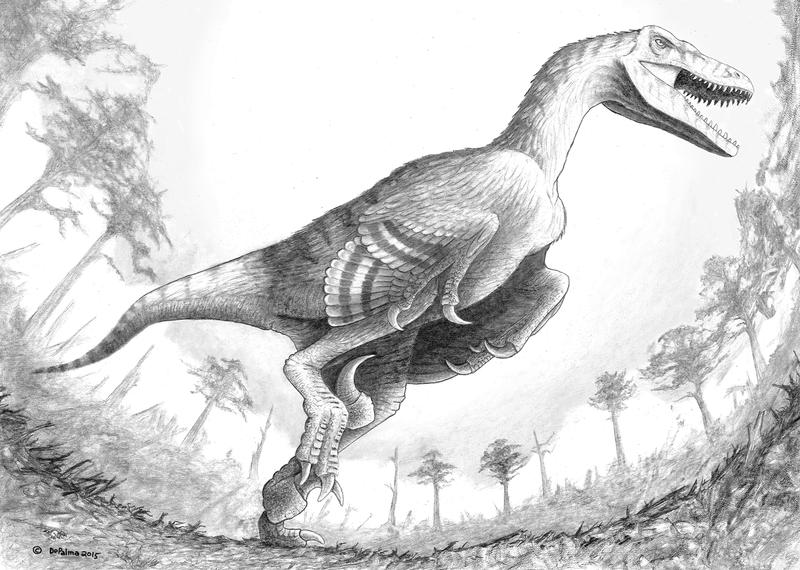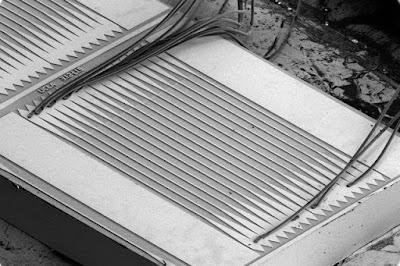ScienceRocks
Democrat all the way!
- Thread starter
- Banned
- #821
Meet Dakotaraptor, The Terrifying New Dinosaur KU Researchers Are Piecing Together
Meet Dakotaraptor, The Terrifying New Dinosaur KU Researchers Are Piecing Together
By Jeremy Bernfeld • Dec 17, 2015

Dakotaraptor stalked the present-day Dakotas.
More:
Meet Dakotaraptor, The Terrifying New Dinosaur KU Researchers Are Piecing Together
way cool
Meet Dakotaraptor, The Terrifying New Dinosaur KU Researchers Are Piecing Together
By Jeremy Bernfeld • Dec 17, 2015

Dakotaraptor stalked the present-day Dakotas.
Courtesy Robert DePalma
While the Tyrannosaurus rex was at the top of the food chain 66 million years ago, a team of researchers linked to the University of Kansas discovered a giant, fearsome raptor that may have given T. rex a run for its money.
Dakotaraptor, as it’s called, was 17-feet long, six-feet tall at the hips and weighed hundreds of pounds. With a 9.5-inch razor-sharp retractable claw likely used to gut or latch onto prey, it was an unbeatable hunter.
“For all intents and purposes this was the Ferrari of the predators of its day,” says Robert DePalma, who discovered the Dakotaraptor fossils as a graduate student at KU in 2005 while on an excavation in South Dakota. “It could turn on a dime, run very fast. It could easily jump twice or three times its body height. It could kill any herbivorous dinosaur that it encountered. It was a lethal animal.”
For the last decade, DePalma and a team of researchers have been piecing together the roughly dozen fossils he excavated. What emerged was the picture of a frightening predator that stalked the present-day Dakotas millions of years ago.
More:
Meet Dakotaraptor, The Terrifying New Dinosaur KU Researchers Are Piecing Together
way cool















